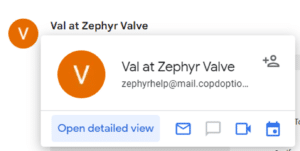
Barbara‘s Story
“The valves have given me more hope. I knew I had inner strength, but this gave me the opportunity to get better and do more again. I am looking forward to dancing again!”

Procedure Details:
Age at Treatment: 67
Hospital: Henry Ford Health System
Date of Procedure: September 25, 2019
Hometown: Flint, MI
Life Before Zephyr® Valves:
I had COPD for a while but was told it was the bronchitis type. Then, in 2014, after an exacerbation, a CT scan confirmed I actually had emphysema. I had smoked for 40 years and quit cold turkey after receiving that diagnosis.
Emphysema is life-changing. I learned to stop doing the things that caused exertion. I had to give up one of my favorite parts of my social life — dancing. I go on a cruise every year with my friends and had to start using wheelchair assistance to get on and off the ship and at airports. When walking around the ship I could stop and rest when I needed to, but I couldn’t participate in most of the fun activities anymore, like dancing. I missed out on some excursions, too, especially if they involved a lot of walking. Emphysema makes living hard.
As the disease progressed, it got to the point where I couldn’t do daily tasks like housework, going up stairs, and carrying out the trash. I needed help with almost everything that caused exertion. I could cook, take care of personal hygiene, and dress myself, but not without oxygen.
My disease was taking a physical toll, but I am not the kind of person to let it get me down. I was always determined to try to make my condition better. I received a lot of support through friends and Facebook groups. Pulmonary rehab is a very important component to being able to get my health to the best I could make it. I was able to wean myself off of oxygen by exercising to build stamina and strength but, even with that, I still kept the oxygen nearby and my lung function was still pretty low.
I had at least one hospitalization every year. The longest stay was 11 days in 2018, and that’s when my pulmonologist asked me if I would consider a lung transplant. My lung function was down to 31%. That’s when I spoke with a Dr. Michael Simoff at Henry Ford Hospital who said that I might be a candidate for treatment with the Zephyr Valve. After taking all the tests, I was very happy to learn that I qualified!
I am continuing at rehab, and I’ve been able to add weight to the machines as well as continue my cardio exercises. I’ve become the valve spokesperson at rehab. For me it has been all pros, no cons!
– Barbara
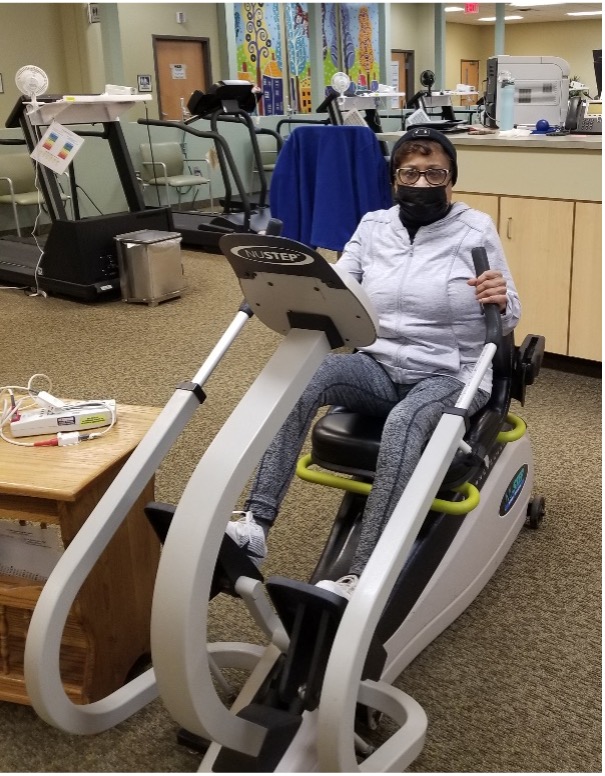
Life After Zephyr® Valves:
The procedure went very well, and I had no complications. I had prepared myself by building strength at pulmonary rehab so that I had a better chance of the valves working for me to help increase my lung function. Forty-five days after the procedure, my lung function was up to 49%.
I didn’t expect the valves to work on their own. I knew I had to put in the work, so I went back to pulmonary rehab and I still go twice a week. My insurance coverage for visits is used up, but I pay out of pocket because it is worth it!
In March 2020, I had an exacerbation and was in the hospital for seven days which sent my lung function plummeting again. I had to go back on oxygen 24/7, but I felt I bounced back a lot faster than I would have before my valves. When pulmonary rehab was able to reopen in June, I went back and was able to wean off of oxygen faster than before the valves and my latest test showed that my lung function was back up to 46%.
It has taken about a year for my treated lobe to fully deflate. I can definitely do more, like stairs, taking out the trash, and light housework, and I don’t have to rush to get the oxygen. I can go shopping and now I can carry my own groceries into the house. I’ve also found that I am tolerating the cold weather much better this winter. I’m looking forward to travelling and going out dancing again once Covid-19 restrictions are lifted.
I am continuing at rehab, and I’ve been able to add weight to the machines as well as continue my cardio exercises. I’ve become the valve spokesperson at rehab. For me it has been all pros, no cons!
The valves have given me more hope. I knew I had inner strength, but this gave me the opportunity to get better and do more again. I am looking forward to dancing again!
Results may vary.
Caution: Federal law restricts this device to sale by or on the order of a physician.
¹Criner, G et al. Am J Resp Crit Care Med. 2018; 198(9):1151‒1164.
US-EN-1801-v1
What is the Zephyr Valve procedure?
The Zephyr Valve has been shown to help patients breathe easier, do more, and enjoy life.1
Despite taking the best available medications, many patients with severe COPD/emphysema suffer from hyperinflation of their lungs where air becomes trapped in the lungs, preventing fresh air from entering and thereby causing severe shortness of breath.
The Zephyr Valves reduce lung hyperinflation by allowing trapped air to escape and preventing new air from entering that diseased lobe. This allows the healthier parts of the lung to function better and results in patients being able to breathe more easily and experience less shortness of breath.
The valves are placed via bronchoscopy, with no incision or cutting, so these benefits are achieved without the risks of traditional surgical options. The procedure is usually complete in under an hour.
Complications of the Zephyr Endobronchial Valve treatment can include but are not limited to pneumothorax, worsening of COPD symptoms, hemoptysis, pneumonia, dyspnea and, in rare cases, death.
Results may vary.
Caution: Federal law restricts this device to sale by or on the order of a physician.
¹Criner, G et al. Am J Resp Crit Care Med. 2018; 198(9):1151‒1164.
US-EN-1801-v1

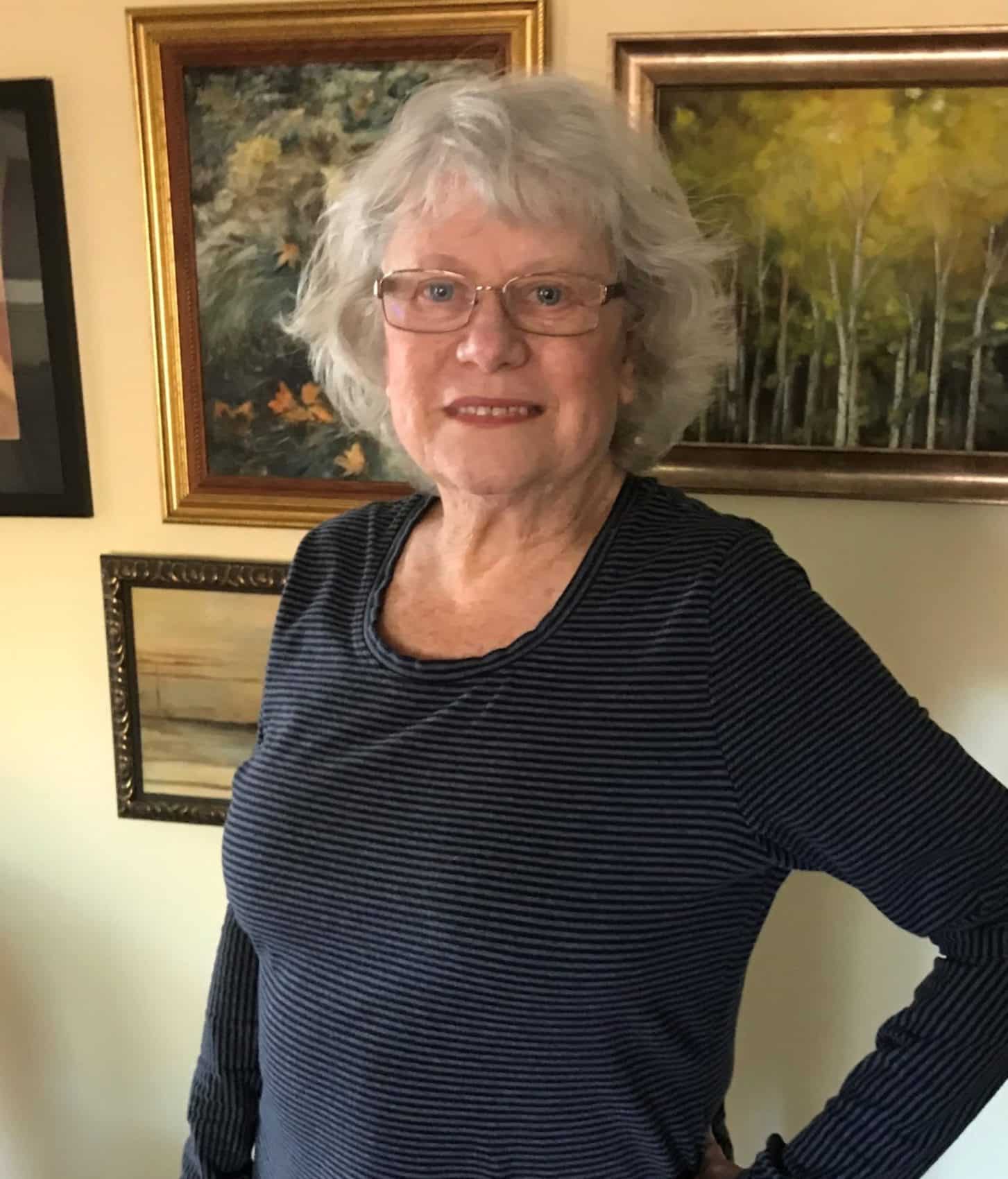
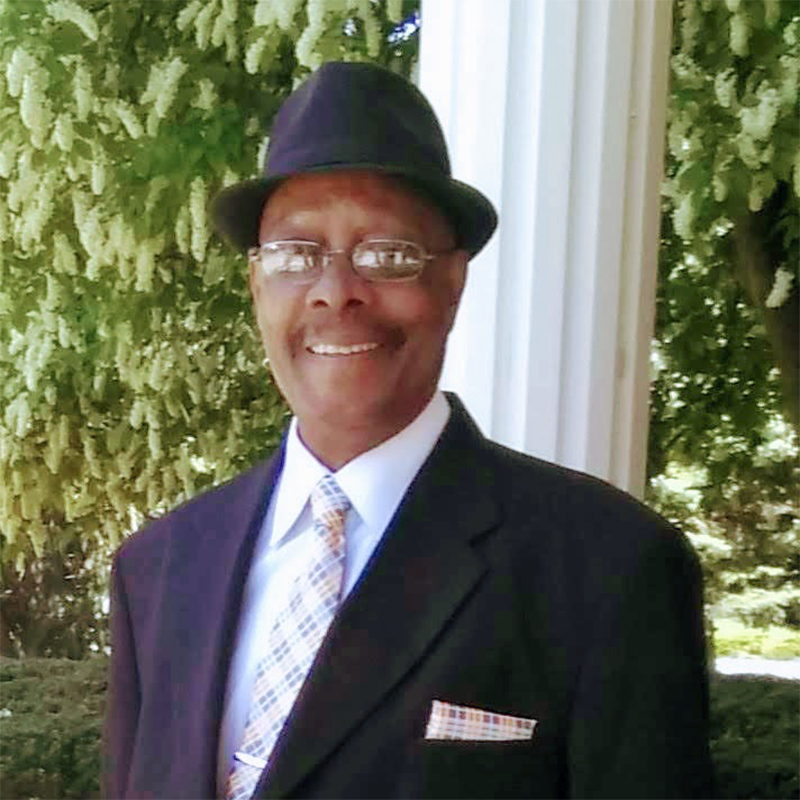
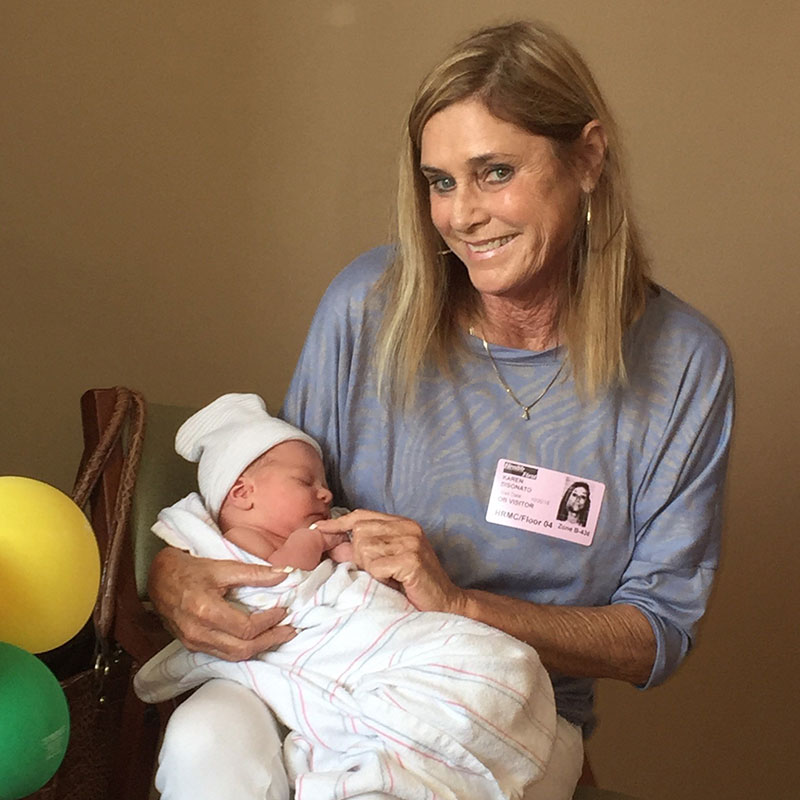

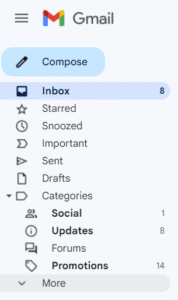 If you do not see an email from “Val at Zephyr Valve” in your inbox within 15 minutes of signing up, go to your “Spam” folder within Gmail. (You may have to click "More" to see the Spam folder.) Select the email from "Val at Zephyr Valve."
There will be a gray box at the top that says “Why is this message in spam?” Click the “Report Not Spam” button. This will move the email to your inbox.
If you do not see an email from “Val at Zephyr Valve” in your inbox within 15 minutes of signing up, go to your “Spam” folder within Gmail. (You may have to click "More" to see the Spam folder.) Select the email from "Val at Zephyr Valve."
There will be a gray box at the top that says “Why is this message in spam?” Click the “Report Not Spam” button. This will move the email to your inbox. Go back to your inbox and open the email. Click on the icon next to “Val at Zephyr Valve”, you’ll see a person icon with a “+”. Click that, and you can add Val to your Contacts list. If you don’t receive a second email from us in a few days, please check your Spam folder again.
Go back to your inbox and open the email. Click on the icon next to “Val at Zephyr Valve”, you’ll see a person icon with a “+”. Click that, and you can add Val to your Contacts list. If you don’t receive a second email from us in a few days, please check your Spam folder again.
